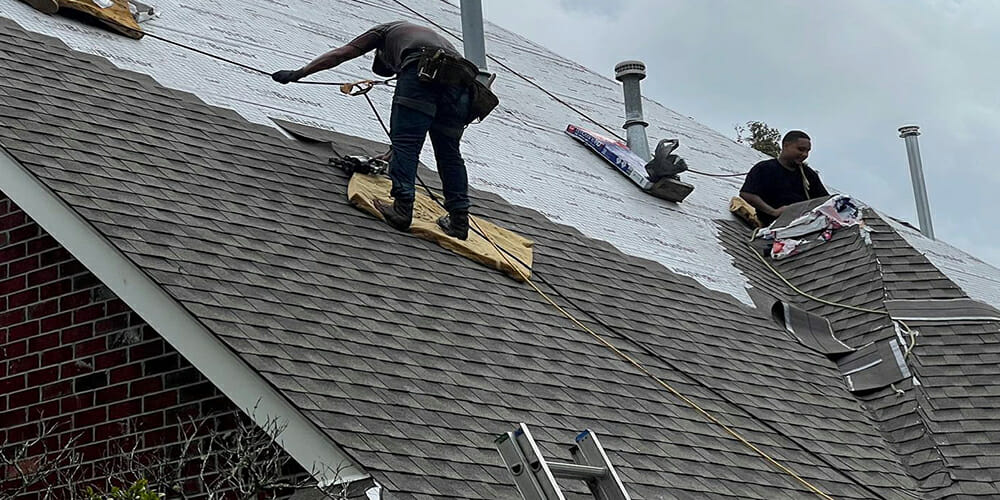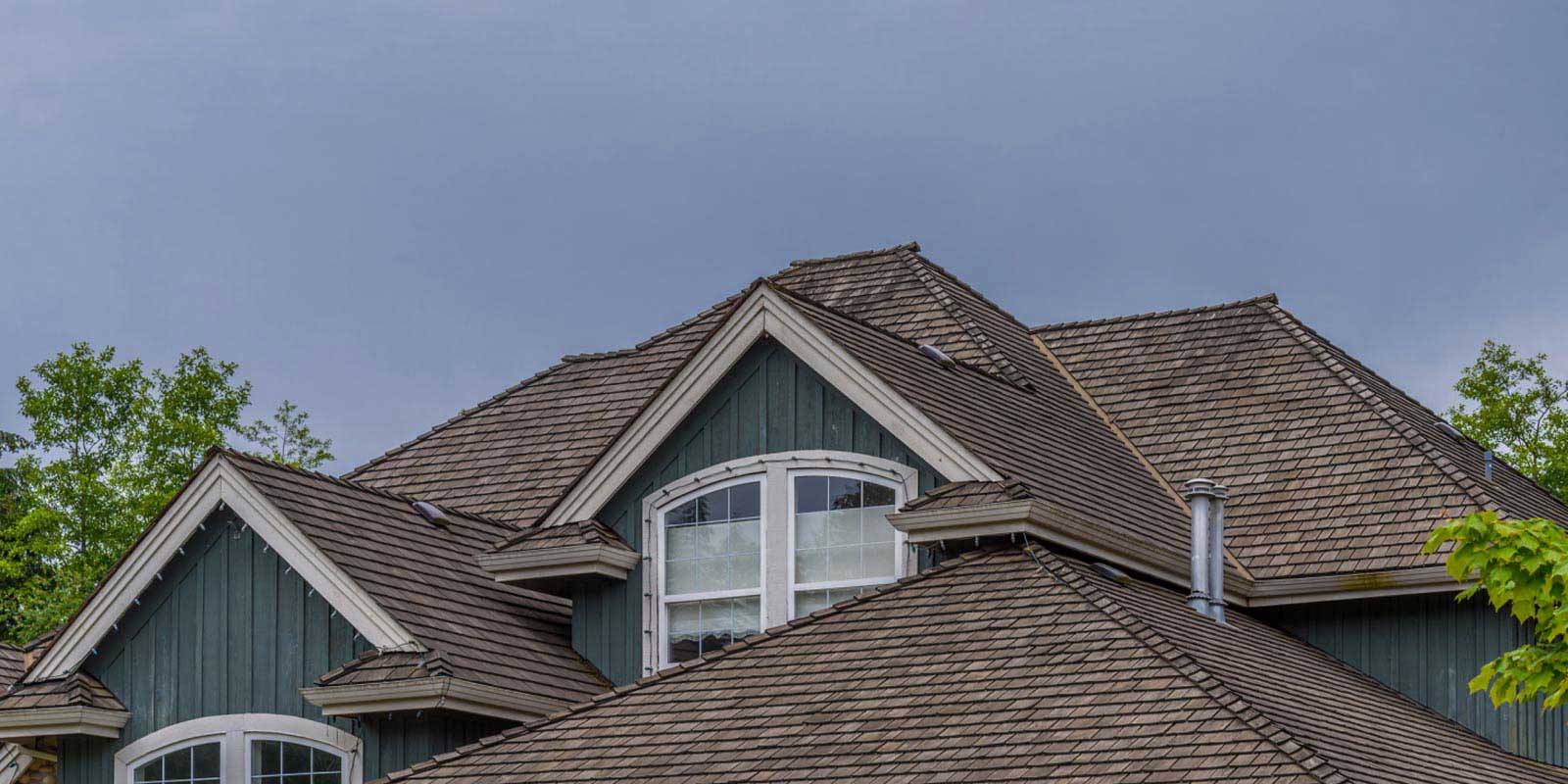3 Easy Facts About Flat Roofing Repairs Described
Flat Roof Installers Near Me: Expert Roofing System Restoration Providers To Fix Leaks And Damage Effectively
Checking Out Various Types of Roof Fixes
Ever stared at a strange dark spot on your roofing system and questioned, " What's truly going on up there?" Sometimes, identifying the best kind of roofing repair resembles detective work, unraveling hints left by the weather condition, time, and use. From subtle leakages to glaring damages, each repair work type informs a story.

Typical Roof Repairs Unveiled
- Drip Repairs: The sneaky culprits-- small cracks or holes where water insinuates. Neglecting them can turn a mild trouble into a pricey headache.
- Shingle Replacement: Missing out on or broken shingles aren't simply an eyesore; they're invites for water damage and pests.
- Flashing Repair: Those metal strips around chimneys and vents? When harmed, they become gateways for leakages.
- Roof Vent Repair Works: Correct ventilation keeps your attic dry and your energy costs low. When vents stop working, the roofing system suffers silently.
When Little Fixes Make a Big Difference
Envision a friend who neglected a minor roofing leak, thinking it was no big offer-- till a storm hit, turning a drip into a deluge inside their home. This anecdote underscores why prompt repair work matter. The right repair might be as easy as sealing a fracture or as included as changing several shingles. However how do you decide? Here's a quick choice guide:
| Issue | Typical Repair work | Indications to Expect |
|---|---|---|
| Leaks | Sealant application or patching | Water spots on ceiling, mold growth |
| Damaged Shingles | Shingle replacement | Missing out on granules, curling edges |
| Flashing Problems | Metal flashing repair or replacement | Rust, separation from roofing |
| Ventilation Concerns | Vent repair or installation | Extreme attic heat, moisture buildup |
Does not the complexity of roofing repair work make you value the craftsmanship behind a strong roofing system? Often, a patchwork task isn't enough-- other times, a fast repair breathes brand-new life into your whole roofing system. What's clear is this: comprehending the kinds of repairs empowers property owners to act decisively, protecting their investment before small fractures end up being wide gorges.
Unveiling the Essential Roofing Repair Products
When a roofing whispers indications of wear, the materials you pick for repairs can either extend its life or hasten its demise. Ever seen how a handful of loose shingles can cause a waterfall of leaks? That's the delicate dance between asphalt shingles and weather condition's relentless assault. These shingles, typically the first line of defense, are valued for their balance in between resilience and ease of setup. Beware-- merely patching with mismatched shingles can turn a fast fix into a future headache.
Metal flashing often escapes notice until water spots appear on ceilings. This simple strip guards susceptible joints where different roofing areas fulfill. A seasoned roofer understands to check and replace corroded flashing before mold claims triumph. It's the distinction in between a small repair and a costly interior remodelling
Materials that Matter
| Product | Common Usage | Specialist Tip |
|---|---|---|
| Asphalt Shingles | Replacing harmed or missing shingles | Match granule color and density for smooth blending |
| Metal Flashing | Sealing roof joints and around chimneys | Use corrosion-resistant metals and seal edges with roof cement |
| Roof Cement | Sealing minor fractures and securing flashing | Apply while warm for finest adhesion and durability |
| Roofing Felt | Underlayment for wetness barrier | Essential carefully to avoid puncturing the waterproof layer |
Have you ever questioned why some roofs seem to weather storms unscathed while others falter? The secret frequently lies underneath the surface in the underlayment. Roof felt, a simple yet vital product, serves as a second shield when shingles fail. Skimping here suggests welcoming dampness to slip in undetected. Here's a professional insight: always ensure the felt lies flat without any wrinkles; even a small bubble can trap wetness and result in early rot.
- Examine fasteners-- loose nails can loosen up shingles and stir catastrophe.
- Utilize a multi-layer approach; combining materials increases resilience.
- Remember, roof cement is your good friend but not a cure-all; it's finest for spot repair work.
In the realm of roof repair work, accuracy with products goes beyond simple patchwork. It's a calculated symphony of texture, wetness control, and weather get more info resistance. The next time you lift a shingle, ask yourself: does this repair honor the roofing system's original defense or merely paper over the cracks?
Assessing the Damage with a Keen Eye
Ever climbed onto your roofing only to recognize that what appeared like a minor leak may be hiding a maze of damaged shingles and deformed decking underneath? The initial step in any roof repair is a careful assessment. Walk the boundary with care and try to find curled edges, dark areas, or granule loss on the shingles-- these subtle indications frequently whisper louder than an open hole. Do not simply glimpse; study the angles, due to the fact that water seepage rarely reveals itself pleasantly.
Gathering Products: The Accuracy of Preparation
Before rising the ladder, ensure you have all the necessary tools at arm's reach. Imagine the disappointment of balancing on a slanting surface area, recognizing you forgot your roof cement or roof nails. Here's a checklist to keep helpful:
- Replacement shingles matching your existing roofing
- Hammer and galvanized roofing nails
- Roofing cement or sealant
- Energy knife for exact cuts
- Flat crowbar to remove broken shingles
- Safety belt and non-slip shoes
Precision in Removal and Replacement
Removing harmed shingles needs both strength and finesse. Place the pry bar gently under the shingle, lifting nails without tearing adjacent areas. One may be lured to pull forcefully, however steady take advantage of prevents more damage. When placing brand-new shingles, stagger them correctly-- keep in mind, a misaligned shingle can end up being an entrance for rainwater, welcoming leaks that slyly deteriorate your home's structure gradually.
Sealing the Deal: Preventing Future Leakages
Using roofing cement isn't just slathering tar; it has to do with developing a resilient barrier. Dab a modest amount under the shingle tabs and press firmly, making sure a snug fit. Too much cement can crack in the sun, insufficient welcomes moisture. Have you noticed how some roofs make it through storms unscathed? That's the outcome of specialist sealing, a subtle art that changes simple fixes into long lasting security.
Security Tips Every Do It Yourself Roofer Need To Swear By
- Never ever work on a wet or windy day-- slips happen faster than you believe.
- Utilize a strong ladder put on firm ground and check its angle.
- Use gloves to protect your hands from sharp edges and nails.
- Keep a first help package nearby; small cuts can intensify if ignored.
- Deal with a pal whenever possible-- roofs aren't a solo adventure.
Why Trusting Professional Roofer Matters
Ever observed how a basic leakage can quietly transform into a catastrophe? Roofing repair work demand accuracy, and hiring novices often leads to patchwork options that collapse with the next storm. A professional specialist doesn't just slap on shingles; they diagnose the root cause, whether it's worn flashing, jeopardized underlayment, or hidden rot.
Envision climbing up onto the roofing system yourself, armed with a hammer and some nails, just to realize you've intensified the problem. The truth is, roofing damage isn't always noticeable from the ground or even the attic. Professionals wield wetness meters and infrared cams-- tools that expose the hidden. Would you trust your home's shield to uncertainty?
Key Benefits of Professional Roof Professionals
- Accurate Assessment: They recognize subtle indications like granule loss or sagging decking that most miss out on.
- Code Compliance: Ensuring repair work fulfill regional structure codes, preventing future insurance coverage headaches.
- Material Know-how: Selecting the ideal products to match your roof's distinct profile and climate difficulties.
- Security First: Browsing steep slopes and heights with correct harnesses and equipment.
- Warranty Guarantee: Support repair work with warranties that protect your investment.

Expert Tips for Employing the Right Roofing Professional
- Validate licensing and insurance-- don't gamble with unverified credentials.
- Ask for an in-depth written quote detailing scope and products.
- Ask about their process for attending to concealed damage revealed during repairs.
- Check how they deal with particles removal-- roofing work shouldn't leave a mess behind.
- Verify experience with your particular roof type, whether asphalt, metal, or tile.
In roof repairs, faster ways frequently cost more in the long run. The professionals know when to fix, when to replace, and how to extend your roofing's life expectancy. Isn't it much better to secure your home's first line of defense with those who see beyond the surface?
Professional Roofing System Repairs in Baltimore County
Baltimore County is a lively location known for its varied communities and rich history. With a population that enjoys a mix of suburban and metropolitan living, the county offers attractions like the picturesque Loch Raven Reservoir and the dynamic Towson Town. Locals take advantage of a strong local economy and access to quality public parks and cultural occasions, making it a preferable place to live and work.
For dependable suggestions and a free assessment on roof repair work, consider reaching out to CRG Roofing and Siding. They supply skilled assistance tailored to your needs and assist ensure your roofing system stays in outstanding condition.